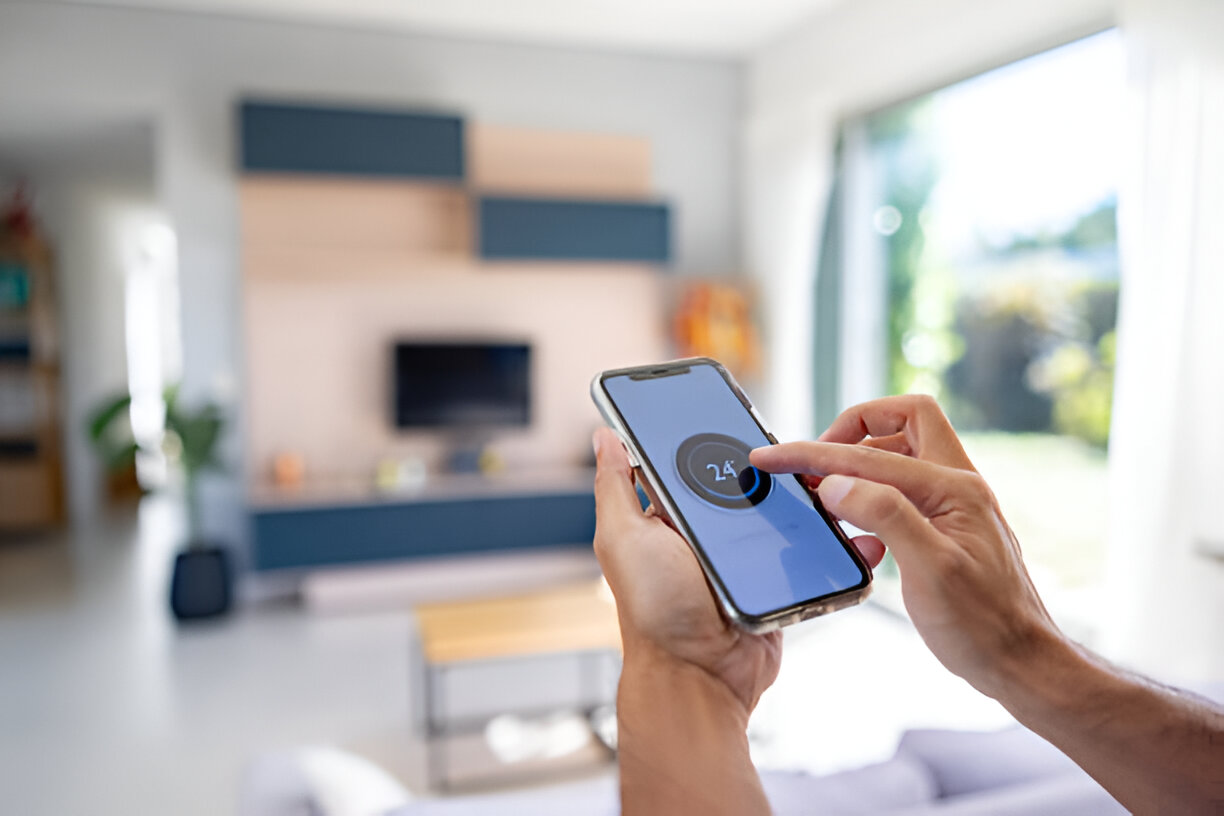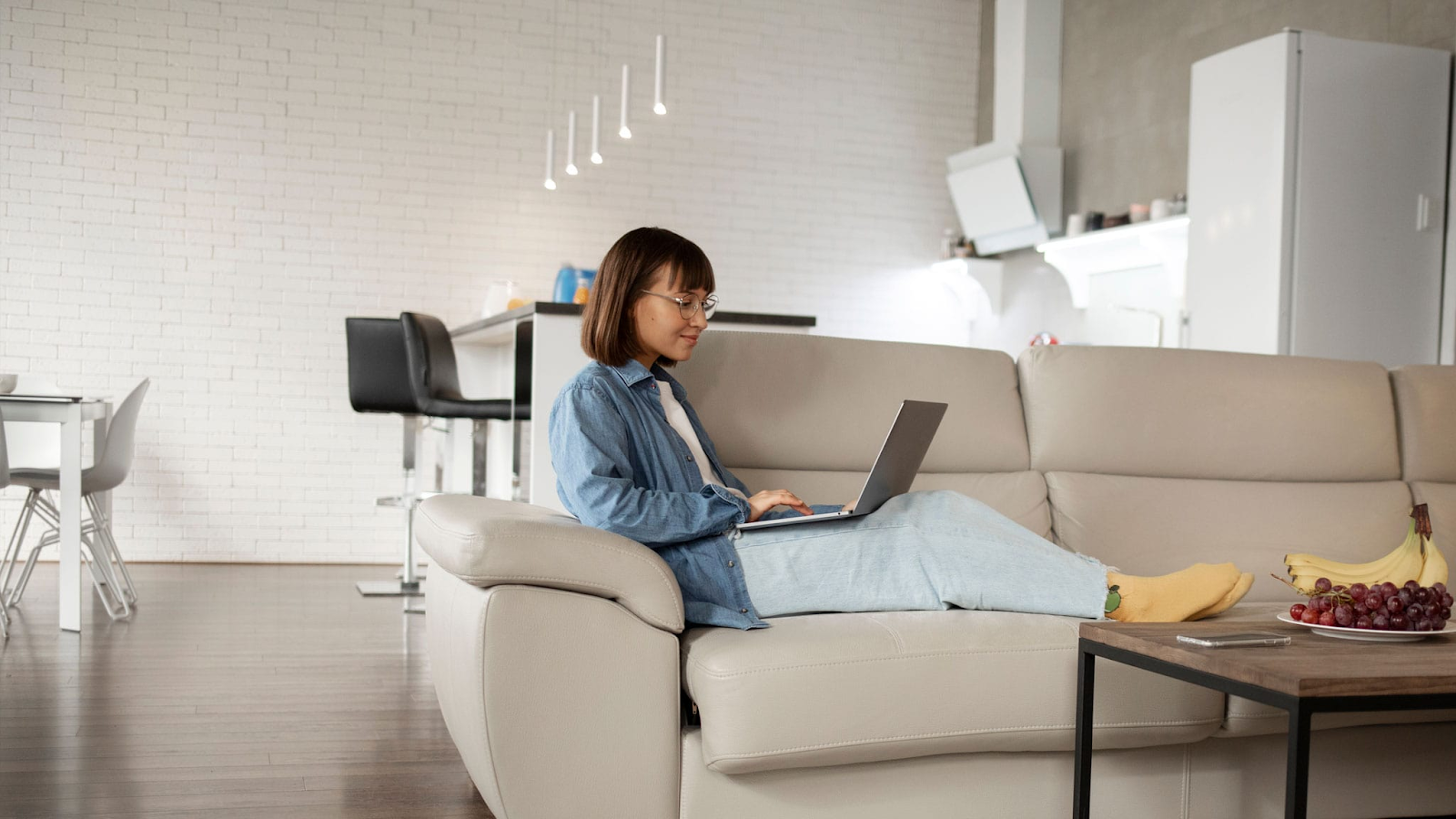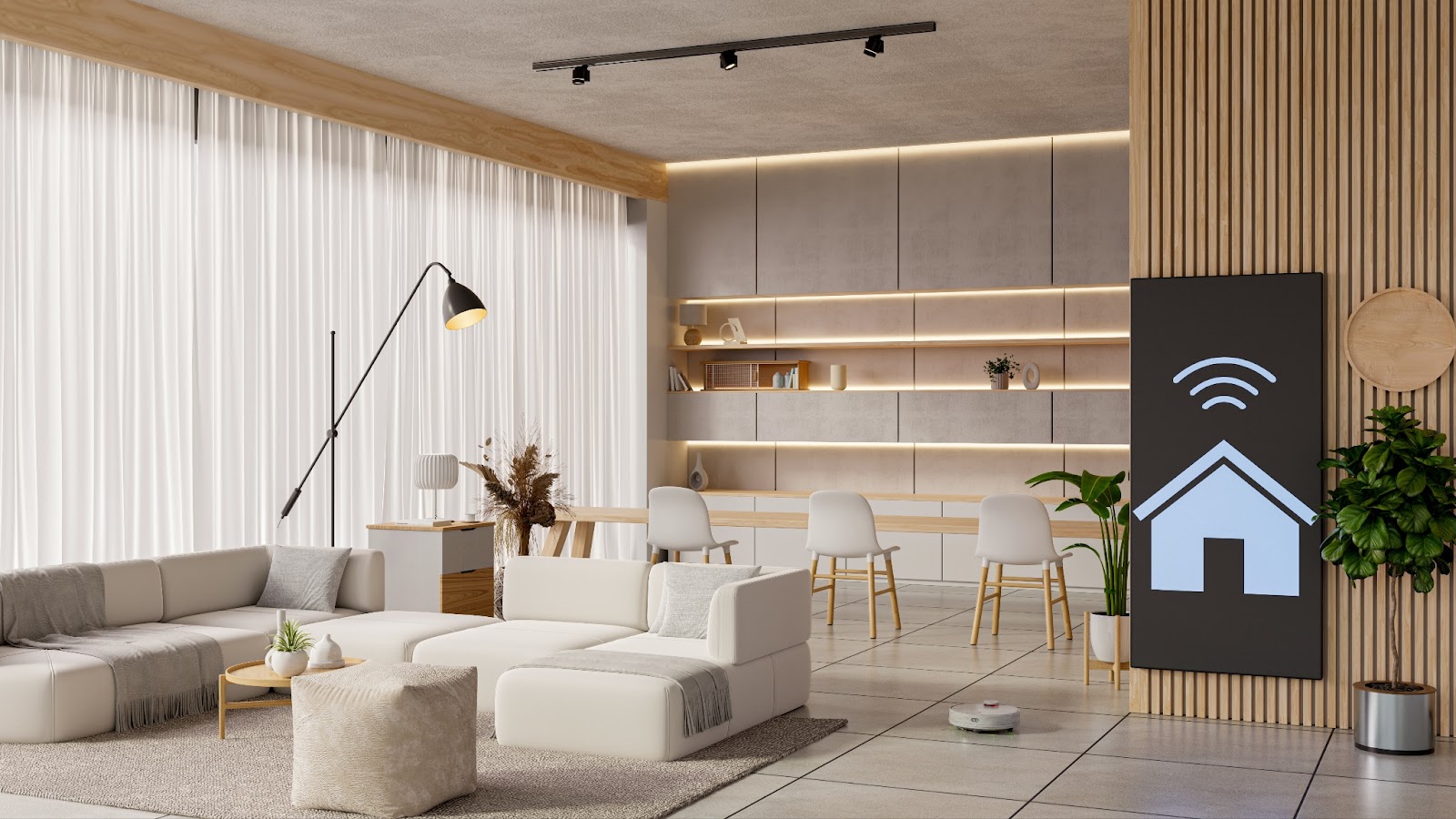Imagine controlling your entire home with a simple voice command or tap on your phone. That’s the magic of a smart home—where convenience, comfort, and innovation come together seamlessly.
In this updated 2025 guide, we’ll walk you through the essential steps to setting up your smart home in Singapore—from understanding the basics to selecting the right devices and optimizing performance.
What Is a Smart Home?
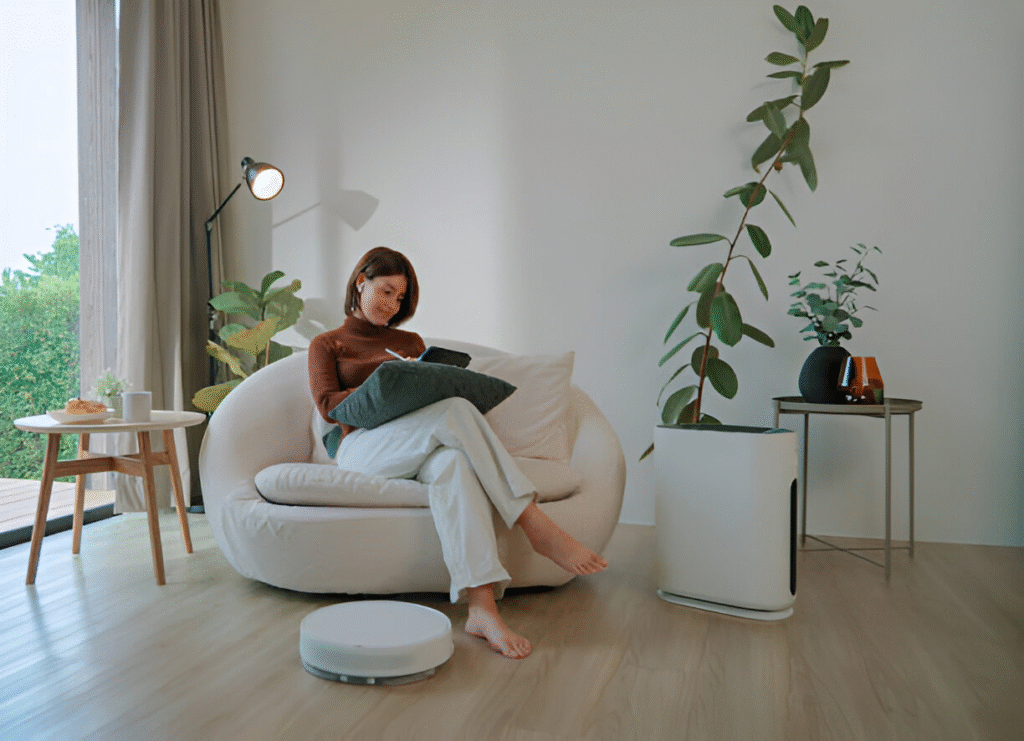
A smart home integrates internet-connected devices like smart lighting, motorized curtains, appliances, and more. These components can be controlled via smartphone, remote, or voice assistants like Google Home or Alexa.
Smart homes are increasingly popular in Singapore, driven by a growing demand for convenience, energy efficiency, and security in urban living. With high-speed internet now standard, getting started has never been easier.
Step-by-Step Guide to Setting Up Your Smart Home
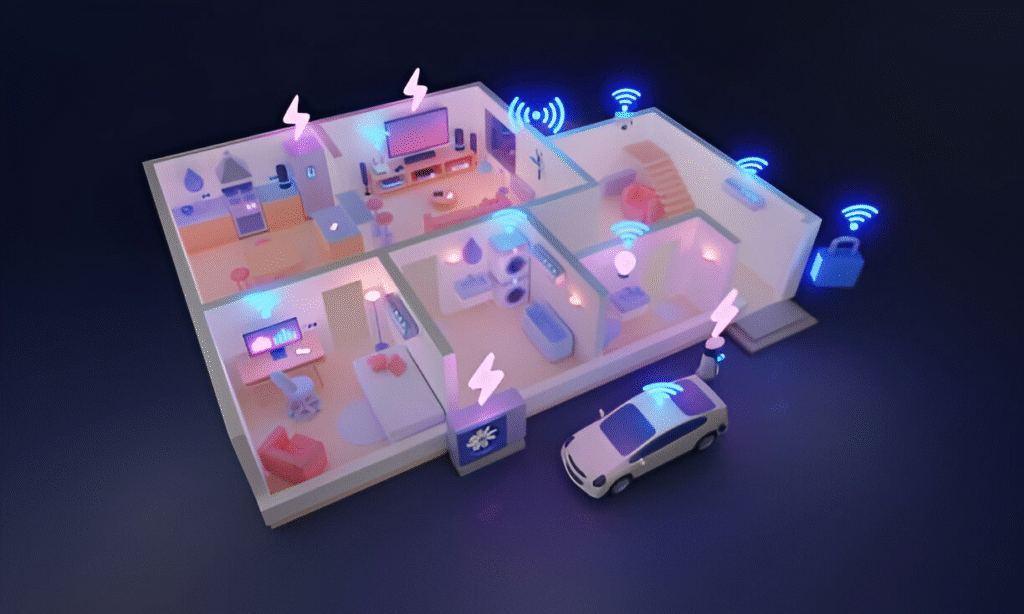
Step 1: Identify Your Needs
Start by asking yourself what features matter most. Are you looking to automate lighting and curtains? Do you need better home security or hands-free entertainment?
Here are some questions you can ask yourself before you begin shopping:
- Do I want to control my lighting remotely?
- Do I need better home security with smart cameras?
- Do I want to automate daily routines like curtain control or air circulation?
- Am I interested in voice-activated entertainment systems?
Take inspiration from friends, family, or browse our Smart Home Portfolios to discover what works best for different lifestyles.
💡 Tip: Visit friends’ homes, view smart home demo units, or explore AT Smart Home’s portfolio to get inspiration.
Step 2: Choose the Right Smart Devices
Once you’ve identified your priorities, pick the devices that fit your goals. Here’s a quick overview:
Smart Switches and Controls
Smart switches are essential for managing lighting, fans, and appliances. They allow control via app, remote, or voice.
Top Picks for Smart Switch Products:
Smart Lighting
Control brightness, colour temperature, and timing effortlessly.
Top Picks for Smart Lights:

ECODO ElegantDrop MagnoCylinder

Smart Curtains & Blinds
Automate curtain opening/closing based on time or sunlight.
Top Picks for Smart Curtains & Blinds:
Dooya Pro Zigbee Curtain Motor
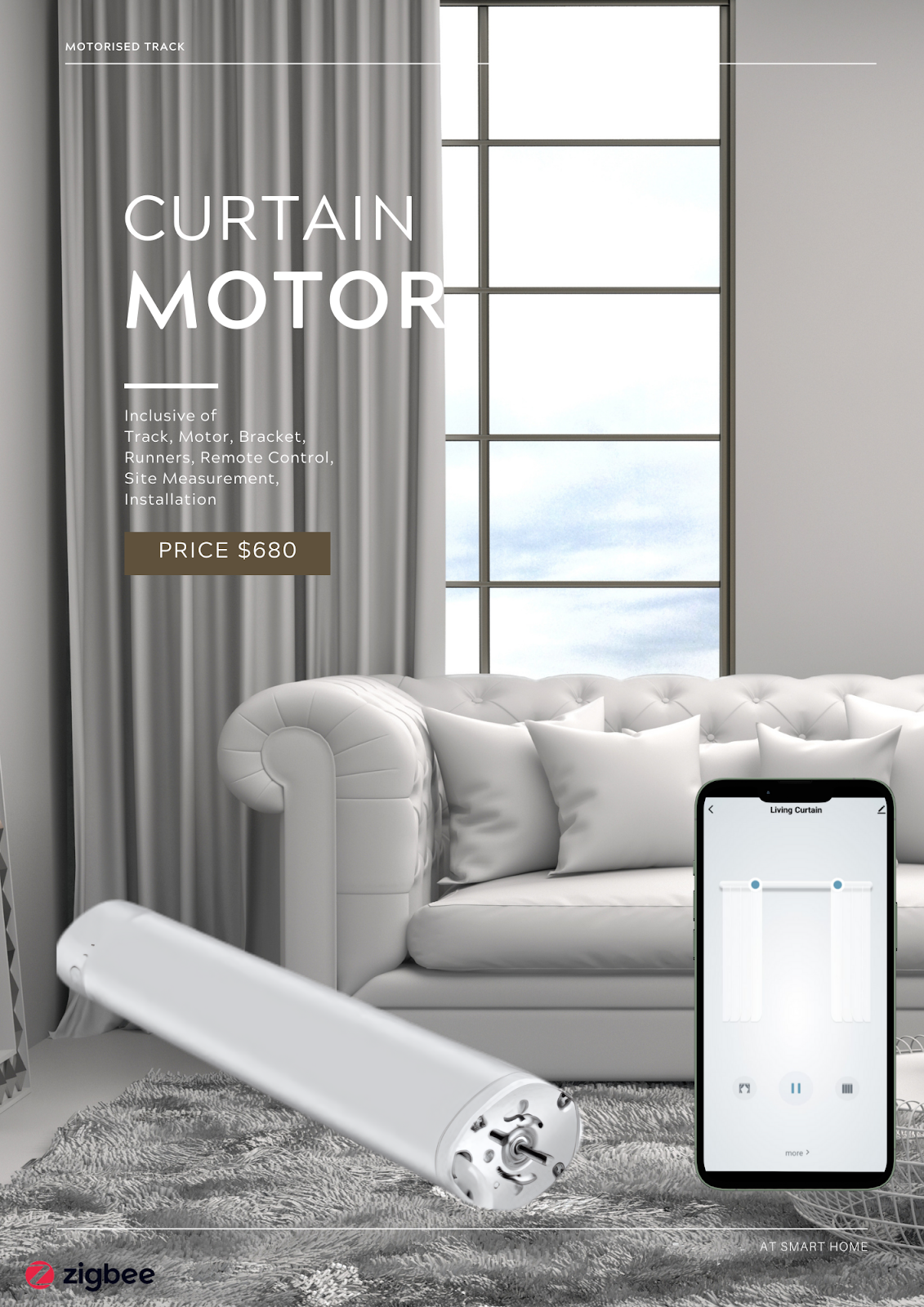
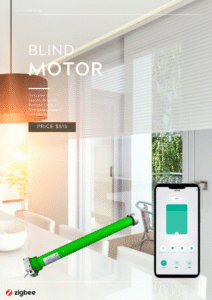
Smart Kitchen Appliances
Upgrade your cooking experience with smart hobs and gadgets.
Top Picks for Smart Kitchen Appliances:
30 cm 2-Burner Wi-Fi Glass Hob
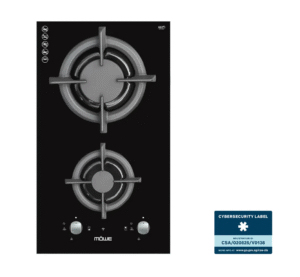
30 cm 2-Burner Wi-Fi Stainless Steel Hob

Smart Security and Monitoring
Enhance safety with indoor/outdoor cameras and motion sensors.
Top Picks for Smart Security:
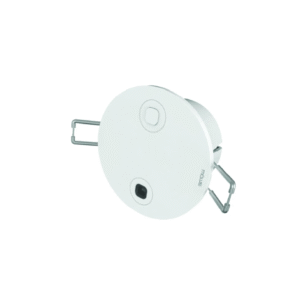
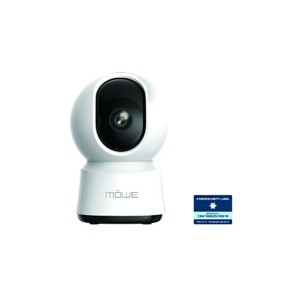
Smart Home Hub or System
Integrate all your smart devices under one control platform.
Top Picks for Smart Home Hubs & Systems:
- Google Home
- Amazon Alexa
- Zigbee/Z-Wave hubs for device compatibility
Smart Home System vs Smart Hub: What’s the Difference?

Smart Home System:
Connect and control all devices via a single app like Google Home. Ideal for smaller setups or those new to automation.
Smart Home Hub:
Acts as the control center, connecting devices from multiple brands and enabling complex automations. Best for advanced users or larger homes.
Which Should You Choose?
| User Type | Recommended Option |
| Beginners or small homes | Basic voice or app control |
| Moderate users | Smart home system |
| Advanced users | Smart system with built-in hub |
| Enthusiasts or large homes | Dedicated smart home hub |
Step 3: Download Smart Home Apps
Your smart home system is only as powerful as the app that runs it. Apps are essential for managing your smart devices. Depending on your setup, install Google Home, Amazon Alexa, or your specific brand’s app.
Recommended Smart Home apps:
- Google Home – Integrates with Android and many smart devices.
- Amazon Alexa – Ideal for Echo users and voice controls.
- Tuya/Smart Life App – Supports many Zigbee-compatible devices.
📞 Need help with Smart Home Apps? Our Smart Home Integration Service ensures your setup is seamless and compatible. We also offer in-person tutorials to get you started confidently.
Step 4: Automate Your Smart Home
Here’s where the magic happens. Set up automation routines to make life easier.
Common Smart Home Automations:
- Good Morning Routine: Turns on lights, opens curtains, starts coffee maker.
- Away Mode: Switches off lights, locks doors, and activates security cameras.
- Evening Routine: Closes blinds, dims lighting, turns on air conditioner.
Types of Smart Home Triggers:
- Time-Based: E.g., every day at 7:00 AM
- Sensor-Based: Motion or presence detection
- Location-Based: Automate based on your GPS location
Step 5: Optimize Your Wi-Fi for Smart Home Devices
A reliable Wi-Fi network is important of any smart home setup A slow or unstable connection leads to lags, delays, or device disconnection.
How to Improve Wi-Fi for Smart Homes:
- Use a Mesh Wi-Fi System like TP-Link Deco or Google Nest Wi-Fi
- Place Routers Centrally: Avoid walls or enclosed cabinets
- Secure Your Network: Use strong passwords and encryption
- Limit Bandwidth Hoggers: Disconnect idle devices or smart TVs in standby mode
Step 6: Test & Troubleshoot
Before you go all in, test each smart home device and automation routine:
- Check response time for voice and app commands
- Run automations and adjust as needed
- Test smart switches, sensors, and curtains individually
- Ensure remote access is working smoothly
📞 Need help with testing and troubleshooting smart home devices and automation? Contact us now! Our support team is always ready to assist with troubleshooting, product recommendations, or upgrades.
How to Optimise Wi-Fi for Your Smart Home
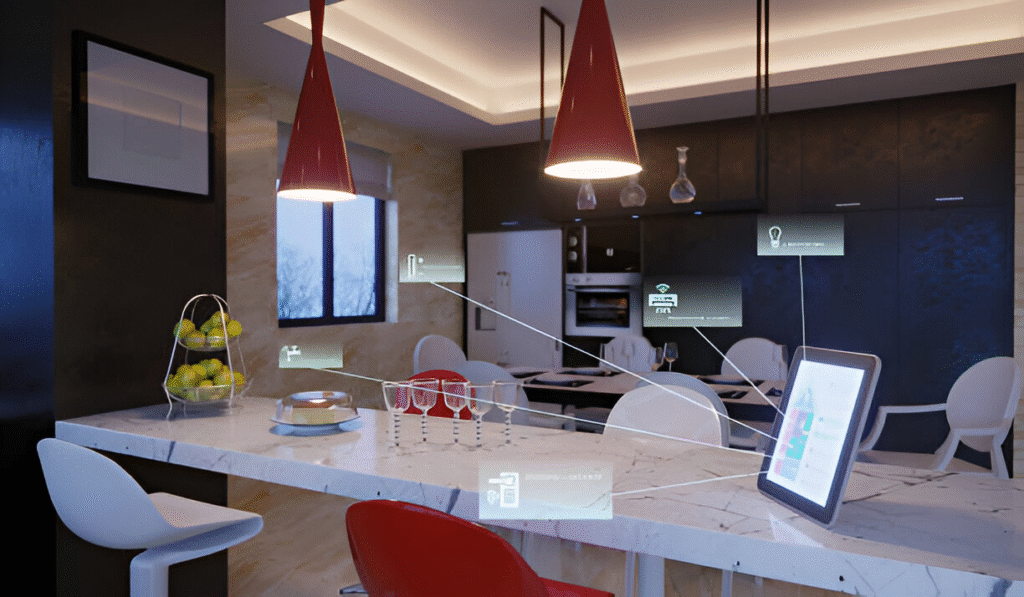
A smart home runs on strong Wi-Fi. Here’s how to improve connectivity:
- Secure Your Network: Use a strong password and consider a VPN for extra security.
- Reduce Interference: Disconnect unused devices.
- Upgrade with Mesh Wi-Fi: Especially useful for larger homes or multi-story layouts, mesh networks ensure stable coverage across every corner.
Make the Smart Move Today!
Setting up a smart home in Singapore is more than a trend—it’s a lifestyle upgrade. Whether you’re starting small with a smart light bulb or going full-scale with a complete smart home hub, every step improves convenience, energy use, and control.
Visit AT Smart Home for expert guidance, bundled deals, and professional installation services. Make your home smarter in 2025 and beyond.
Frequently Asked Questions (FAQs) about Smart Home Setup in Singapore
1. What is a smart home?
A smart home is a residence equipped with internet-connected devices that can be controlled remotely through a smartphone, tablet, voice assistant, or automation system. These devices include smart lighting, switches, curtains, appliances, and security systems.
2. Is smart home technology popular in Singapore?
Yes, smart home setups are becoming increasingly popular in Singapore due to the widespread availability of high-speed internet, compact urban housing, and a rising demand for energy efficiency and convenience.
3. How much does it cost to set up a smart home in Singapore?
Costs vary depending on the size of your home and the number of devices. A basic setup with smart lighting and a smart switch may start from SGD $200–$500, while full-home automation systems with smart curtains, kitchen appliances, and hubs can cost SGD $2,000 and above.
4. Can I install smart home devices myself?
Yes, many smart devices like smart bulbs, plugs, and switches are designed for easy DIY installation. However, for more complex setups like smart curtain motors or integrated home automation systems, professional installation is recommended.
5. Do I need a smart home hub?
It depends on your setup. If you’re using multiple devices across different brands or communication protocols (like Zigbee, Z-Wave, or Wi-Fi), a smart home hub helps centralize control and create complex automations. Otherwise, simpler setups can run on apps like Google Home or Amazon Alexa without a hub.
6. Which app should I use to control my smart home?
Popular apps include Google Home, Amazon Alexa, Apple HomeKit, and Tuya Smart. The choice depends on your device ecosystem and personal preference.
7. Is it safe to use smart home devices?
Yes, as long as you follow security best practices such as:
- Using strong, unique passwords
- Keeping your devices and apps updated
- Setting up secure Wi-Fi with encryption
- Avoiding public Wi-Fi for remote access
8. Can I control smart home devices when I’m not at home?
Yes, most smart home systems in Singapore allow remote access via mobile apps. You can control your devices from anywhere with an internet connection.
9. Do smart home devices increase electricity bills?
Smart home devices are designed to be energy efficient. In fact, features like automated lighting, air-conditioning control, and smart scheduling can help reduce your electricity bills over time.
10. What is the difference between a smart home system and a smart switch?
A smart switch controls specific appliances or lighting remotely.
A smart home system refers to a group of devices connected and controlled through a single platform (like Google Home or Amazon Alexa) for broader automation.
11. Can smart home devices work in HDB flats or condos?
Yes! Smart home devices in Singapore are suitable for HDBs, condos, and landed homes. Solutions can be customized based on space, layout, and user preferences.
12. What happens if my Wi-Fi goes down?
Most smart devices require Wi-Fi to function remotely or receive commands. However, some may still work locally via Bluetooth or manual override. To prevent issues, it’s best to maintain a stable Wi-Fi connection or use mesh networking.
13. Can I start with just one or two devices?
Absolutely. Many users start small with a smart bulb or switch, then scale up to full automation as they get more comfortable with the technology.
14. How do I choose the right smart home devices?
Start by identifying your lifestyle needs—do you want better lighting control, security, energy efficiency, or entertainment? Then choose compatible devices and ensure they can work together via a single platform or app.
15. Where can I buy smart home products in Singapore?
You can purchase smart home devices online or from specialist retailers like AT Smart Home, which also offers expert consultation and installation services.

